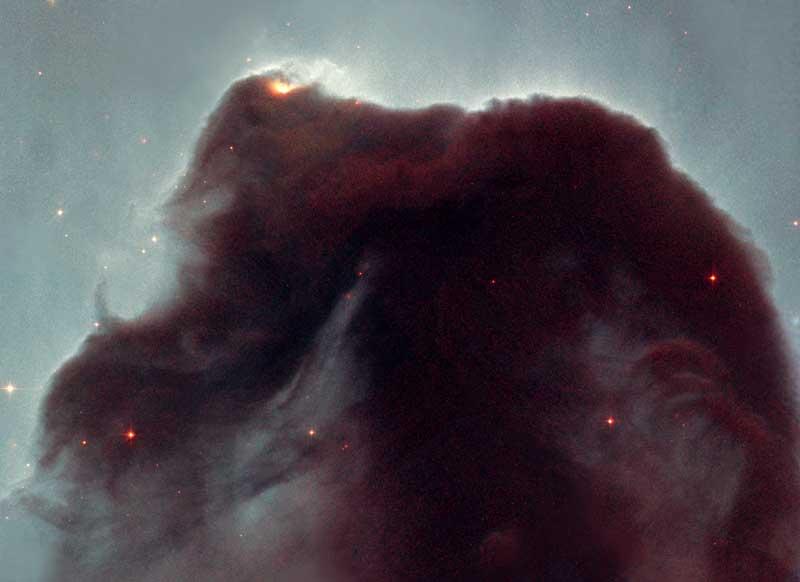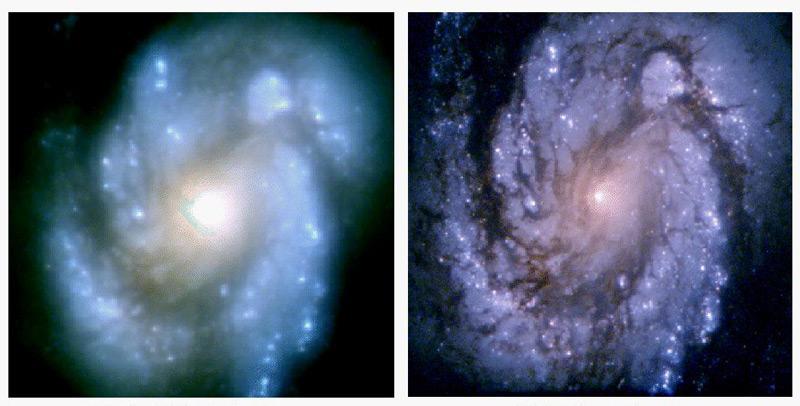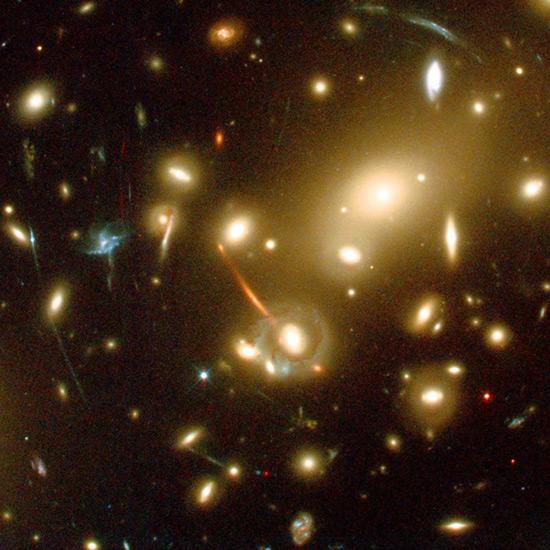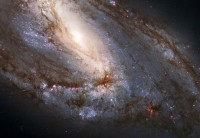Over the years, the Hubble Space Telescope has suffered from equipment malfunctions, strained eyes, and distorted vision, but the resourcefulness and dedication of NASA scientists, engineers, and astronauts have allowed this celestial observatory to recover and thrive and continue to challenge scientists and the public with new discoveries and inspiring images.

Over the years, the Hubble Space Telescope has suffered from equipment malfunctions, strained eyes, and distorted vision, but the resourcefulness and dedication of NASA scientists, engineers, and astronauts have allowed this celestial observatory to recover and thrive and continue to challenge scientists and the public with new discoveries and inspiring images. This is how the NASA website summarizes the 20th anniversary of the telescope, which reached Earth orbit exactly 20 years ago, on April 24, 1990.
"The Hubble is undoubtedly one of the most successful scientific instruments in history." says Ed Weiler, NASA Assistant Administrator for Science Missions at NASA Headquarters in Washington. "Last year's Space Shuttle servicing mission brought Hubble to peak capability, and this gives us a fresh start to achieve even more important scientific achievements."
When the Hubble Space Telescope was designed and built, during the 20s and 20s, not many in the astronomical community wanted it, preferring more powerful ground-based telescopes. But there is no arguing with success and today, when Hubble marks 11 years of observation of the universe, XNUMX scientists compete for each observation.

The Hubble Space Telescope, named after the American astronomer Edwin Hubble, captures images in the visible light, near-infrared and ultraviolet regions of the spectrum. After undergoing major surgery to improve his eyesight, he was able to prove the existence of dark matter, added insights into the life and death of stars in the form of supernovae, and gained public admiration for the beautiful photos he took. But it turns out that his very existence and survival were in danger more than once.
The National Academy of Sciences recommended the construction of a space telescope back in the early days of the American space program - in 1962, citing astrophysicist Lyman Spitzer who came up with the idea in the 1970s. In 12, NASA began to investigate the feasibility and a year later appointed Bob Odell, who had left a secure position at the University of Chicago, to become the first scientist on the telescope project. This is a project that was not even funded, and for the next 20 years he tried to sell the idea to his superiors at NASA, and to his colleagues who believed that NASA should finance XNUMX ground telescopes, and did not think about the advantage of placing a telescope above the atmosphere.
Odell finally succeeded in his persuasion campaign and the telescope began to be built. At the same time, the Space Telescope Science Institute in Baltimore was established in 1983, designed to analyze the data. It was supposed to be launched in 1986 but the Challenger disaster and technical problems delayed it to April 24, 1990. The space shuttle Discovery put it into orbit 575 kilometers above the Earth's surface.
The immediate disappointment at first light
As soon as the telescope was turned on, its operators noticed that there was a problem, the edges of the mirror were not aligned as required and the images were blurry. Odell claims that even so they were better than images from ground telescopes, but the blurring halo meant that only about a fifth of the image in the center was well focused. Although the researchers were able to overcome this problem using algorithms, they had difficulty overcoming the shaking of the telescope when leaving the light area to the dark area and vice versa (the telescope orbits the earth once every hour and a half and every 45 minutes it therefore experiences such a transition.
The rescue came from the service missions

Today, space telescopes are built so that they will operate for as long a period as possible and have given up the option of servicing the telescope (for example, the Spitzer Space Telescope), but at the time, when it was planned and as mentioned before the Challenger disaster in 1996, they still believed that the space shuttle would be a vehicle that would fly every So many times and it will be possible without much effort to add tasks to upgrade the telescope.
In the end, five such missions were indeed carried out - the first was in 1993 and in which the optical system was upgraded and in fact glasses were worn on the space telescope, the last upgrade was in May 2009, after which Prof. Mario Livio, an Israeli researcher who holds senior positions at the Space Telescope's scientific institute, told the science website : "We have the largest collection of working instruments ever on the telescope, you can think of it as the beginning of the telescope's new life." NASA calculated and found that today's Hubble is 60 times more powerful than the device of 1990.
The Columbia disaster has already nearly canceled this upgrade mission, Sean O'Keefe Canceled this mission in 2004 out of fear for the lives of the astronauts and nevertheless tried to promote robotic missions, but his successor Michael Griffin resumed the mission in 2006 under the pressure of public opinion.
Earlier, the Hubble Space Telescope was also involved in Bug 2000 after the third servicing mission was carried out by the space shuttle Discovery almost at the end of December 1999, and since it was delayed due to severe weather in the launch wing, the mission was shortened to allow the shuttle to return to Earth before the turn of the year. The continuation of the mission was carried out in 2002, a few months before the Columbia disaster.
Hubble's important discoveries

Prof. Robert Kirchner from Harvard University says that Hubble's most important discovery is that the expansion of the universe is accelerating. Until then, the prevailing opinion was that the rate of spread was slowing down. The proof came from observations of supernovae - the explosion of very large stars ending their lives. The lights of these supernovae came from a greater distance than expected and this is the proof of the accelerated expansion of the universe. Some say that this is the most important discovery in physics since the discovery of quantum physics and general relativity.
Observations of supernovae using the Hubble Space Telescope proved the existence of various characteristics of dark energy, and in 2006 Hubble also proved the existence of dark matter. There were astronomers who used data captured by the Hubble over the years to find the relationship between the size of the black hole at the center of the galaxies and the size of the galaxy in which it is located.
In 2001, the general public received, among other things, an image that went down in history as the most interesting image of mourning - the Horse's Head Nebula. On the other hand, he also took the deepest picture ever of the universe (Ultra Hubble Deep Field). In between, it is connected to other space telescopes such as Spitzer (infrared) and Chanarda (the observer in the X-ray field) and the combined imaging capability enables more in-depth discoveries.
The future of the Hubble Space Telescope is guaranteed until the end of April 2013, when the contract to operate it by NASA will end. No more servicing missions are planned and the fact that batteries, solar collectors, and other systems in the telescope will start to fail one after the other after that period. In 2014, the James Webb telescope will continue this work. Kirchner hopes that every second of the remaining time can be used to realize the maximum capacity of the telescope.
More on the subject on the science website

3 תגובות
Gideon
Maybe you're talking about Kepler?
It's amazing how fast time passes, I remember the day they launched it into space, it seems like only a few years ago... I realized that a new telescope with much higher sharpness is about to be launched soon... it would be nice if there was an article about it.
Donate it to me